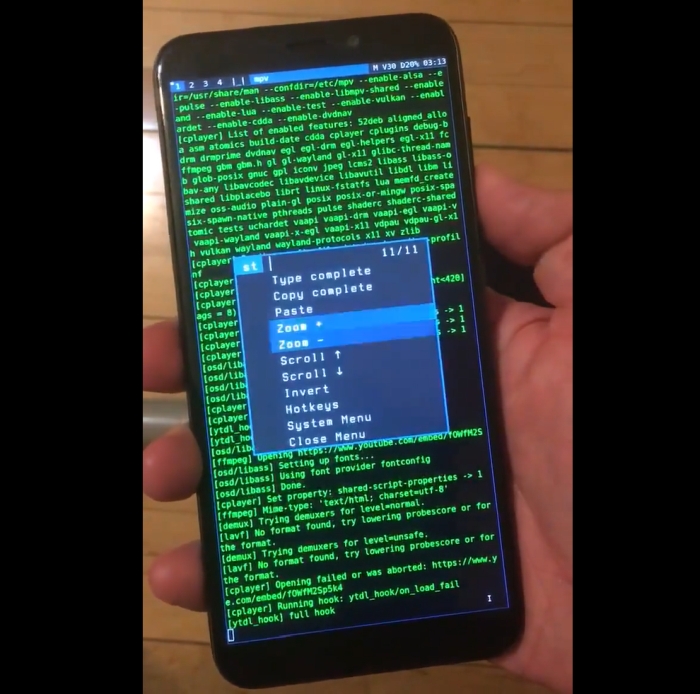I also have both of them (actually all three of them, the Pyra, the PinePhone & the PinePhone Pro) and I am happy to report:
TL;DR: The Pyra is way more usable as a truly "swiss-pocket-knife-like" daily driver device, although the 32-bit architecture and the barely working modem are severe limitations. However, I see both devices fitting different niches.
Personally, I find the keyboard of the PinePhone rather impractical to use. The keys have very different pressure points and you need a lot of time to learn how to type quickly. Sometimes key presses don't get registered correctly, or only with a lot of force, but maybe I just got a particularly bad one.
The Pyra, on the other hand, has by far the best mobile keyboard I've ever seen (and I've owned/tested a lot of mini-computers!). In my opinion, the Pyra's keyboard is the only one in this small format that actually allows efficient mobile work. Evil Dragen has cracked the problem of an optimal mobile keyboard in my eyes

Programming, scripting and writing works great for me with it.
With the OS it really depends on the use case. The Pyra is perfect little machine for desktop applications and gaming. The Nubs allow you to use almost all normal desktop tools.
On the other hand, Phosh/Plasma is of course very well programmed and is fun to use without a keyboard. The keyboard is rather unnecessary for mobile desktop environments on the PinePhone. I use the PinePhone as a google-free secondary mobile device. Most of the mobile applications are daily-drive capable nowadays and very stable.
Desktop applications are not usable on the PinePhone itself because of the capacitive touchscreen, but the convergence via USB-C is great. I ordered a cheap chinese lapdock and like to use the PinePhone in docked mode as a chatting machine. I wish the HDMI would work properly on the Pyra, as it would probably be even better for this purpose. The working 4G-Modem with mostly libre firmware is of course a big plus for the PinePhone.
The PinePhone's hardware support has gotten much better with Linux, and the battery life is also much better than it was in the beginning. However, the Pyra is miles ahead there. I am rather disappointed with the PinePhone Pro. The battery life is so bad that you can hardly do anything when not docked before the battery runs out(!) and much of the hardware, like the camera, is not even supported yet. The Pyra is much more usable, even in the current state.
As for the CPU, the Pyra and the PinePhone Pro are "feeling" (without benchmarks) equally fast and complex desktop applications, such as VS Code and websites, run well on both. The PinePhone is very slow and more complex software is not truly useable.
The 32 bit CPU makes running some software on the Pyra more difficult than on the PinePhone, as most container repos, like Snap, only support 64 bit platforms. However, since it is Linux, you can get everything to work with a little more tinkering in the end.
For me, one of the main advantages of the PinePhone over the Pyra is that it is very cheap and easily replaceable. I waited a long time for the Pyra and it's unclear if (and how fast) you would get a 2nd Pyra if this one breaks. So I treat it like a raw egg and don't take it with me on more "dangerous" events. The PinePhone, on the other hand, is immediately available relatively cheaply from China, so you don't need to take any more care of it than you would a normal cell phone.


